I’ve been so busy planting natives that you’d think I’d know a little more about the natives growing, ya know, natively in my yard. But the other day I posted about my little gem Eve’s Necklace, and now I get to report on some others I’ve since discovered growing mere feet away.
If you still wonder how in the world I might have missed them, I have two words for you. POOP ZONE. Yes, it’s the area of the yard that we’ve long left to the dogs. All three of them. How’s that picture in your head now? <grins>
So… Silk Tassel. Several months ago, this wonderful shrub was hidden by evil nandinas that sought to obscure this jewel from our sight and mind. But we slew the dragons, and our treasure we never knew we had was rescued. Of course, I did actually purchase two saplings of Silk Tassel this past winter, never knowing I already had it on the property. Now I’ve got a set! Birds eat the berries, by the way. Yay for wildlife value!
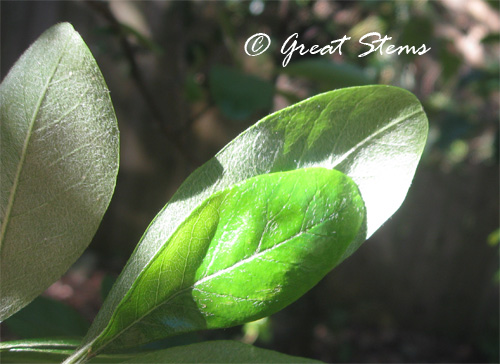 See the soft velvety underside to the leaves? It’s a great identifying feature, and it’s a delight to the tactilely sensitive. Mmmmm, soft…
See the soft velvety underside to the leaves? It’s a great identifying feature, and it’s a delight to the tactilely sensitive. Mmmmm, soft…
Next is a mulberry tree. I was always worried that this large-leafed tree was an invasive and it turns out it’s a native Red Mulberry tree — native to central Texas, in fact! It’s even a caterpillar larval host — Mourning Cloak butterfly.
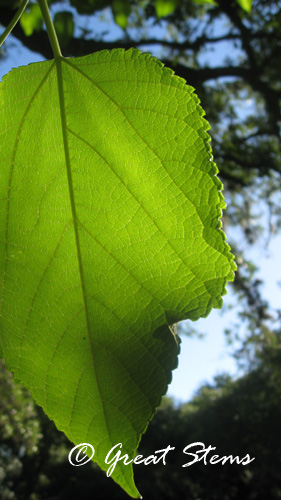 I love, love, love the green leaves.
I love, love, love the green leaves.
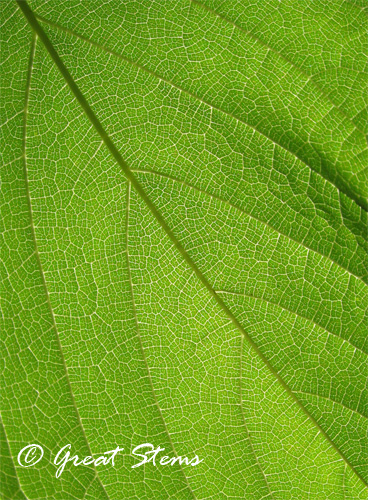 And look, it has berries! I hear they’re tasty.
And look, it has berries! I hear they’re tasty.
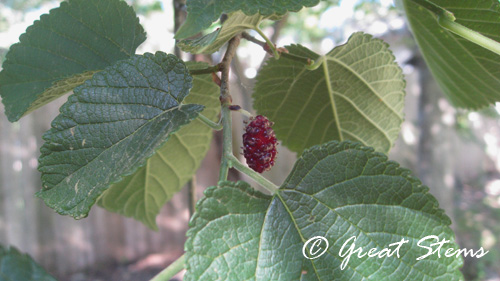 Third discovery in my garden — Ashe Juniper — tremendous wildlife value for this plant. Birds love its berries, our endangered golden-cheeked warbler relies on its bark for nesting material, and it’s a larval host to the beautiful Juniper Hairstreak butterfly. This wonderful plant has a bad reputation for causing allergies in central Texas, and it’s often mistakenly referred to as cedar. But it’s okay in my book for all that it does for da birdies and flutterbies.
Third discovery in my garden — Ashe Juniper — tremendous wildlife value for this plant. Birds love its berries, our endangered golden-cheeked warbler relies on its bark for nesting material, and it’s a larval host to the beautiful Juniper Hairstreak butterfly. This wonderful plant has a bad reputation for causing allergies in central Texas, and it’s often mistakenly referred to as cedar. But it’s okay in my book for all that it does for da birdies and flutterbies.
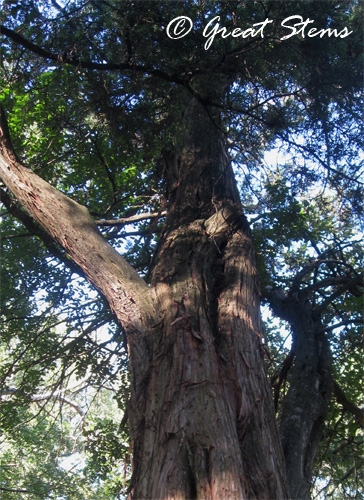
And lastly, a creeeeeeeeper. That’s how I like to say the word. Say it with me in that dark, almost evil voice of a mad scientist, creeeeeeeper. Good.
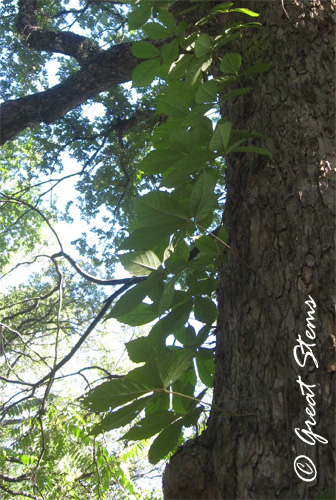
Specifically, it’s a Virginia Creeper. Typically they have 5 leaflets, but sometimes you’ll see 3 or 7.
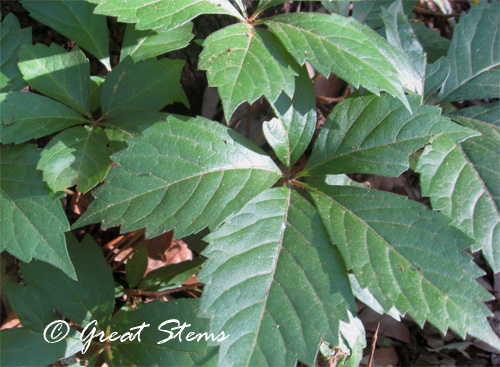 Some people confuse it with poison ivy when it grows wild in the woods. While it’s not poison ivy nor poison oak, I should point out that you shouldn’t roll in it. Some people are as sensitive to it as if it were poison ivy or oak, and they get a similar rash.
Some people confuse it with poison ivy when it grows wild in the woods. While it’s not poison ivy nor poison oak, I should point out that you shouldn’t roll in it. Some people are as sensitive to it as if it were poison ivy or oak, and they get a similar rash.
But guess what, it’s a larval host, too, baby! Several species of sphinx moths begin their lives on these plants.
I’m a happy habitat mama!
I am looking for a mulberry tree for my yard! I’m from up north, Kansas. There, we have mulberry trees that can grow 50 feet tall. They do taste lovely. I went to a store the other day and they had a mulberry tree in the parking lot. I spent 15 minutes eating all the ripe berries I could eat! I hear that they make excellent jam, but I wouldn’t know, I’ve never had any last long enough to make it to the kitchen, let alone a sauce pot for jam. They also leave a wonderful purple stain and can be used as a dye.
Meredith- I tried 10 times to submit a comment. Long one. Maybe that was the problem.
How lucky you are to have discovered all those wonderful trees in your garden. Eve’s necklace. Wonderful. I’m afraid it is a wasteland of ashe junipers out here. Anything useful that starts to grow is immediately snapped up by the deer, even new oak saplings. I wish we had golden cheeked warblers but since we have a ‘bird letter’ I guess they found none nesting here. If you were here in the early 90s then you had to get a bird letter to build! Things have changed since then. GCW was such a hot issue that I once saw a bumper sticker which said ‘Golden cheeked warbler tastes like chicken’ we did see one out at West Cave Preserve last year.
here’s the rest
That certainly is a monster juniper, hope it’s a female. Mulberry- I wonder what the fruit tastes like- blackberry. You’ll have to tell us. “Here we go round the mulberry bush” I guess they must grow in England although I never remember seeing them there. There is a huge one at the SAC on 29th and Lamar.f you have the 7 leaf creeper (P. heptaphylla) I think you are fortunate. It seems to be much less invasive. On the subject of poison ivy, Joe Marcus WFC told me there is no poison oak here, What a blessing! Just poison ivy growing 8’tall around town lake!
Must have been too long!
Poison ivy is definitely doing quite well in central Texas, isn’t it?Too bad it’s poisonous — when it’s thriving it’s really pretty. But it’s a larval host, I suppose I’ll forgive it. According to the Internet, there is poison oak around here, too. But usually what I see are poison ivy, virginia creeper, and dewberry.
I think I’ll taste a mulberry today, if I can find a ripe one in reach. I must find out what they are all about! Thanks for the long message!
Wow, great post! Thanks for the update on these natives and their larval benefits. Definitely it was worth a trip to the “poop zone.”